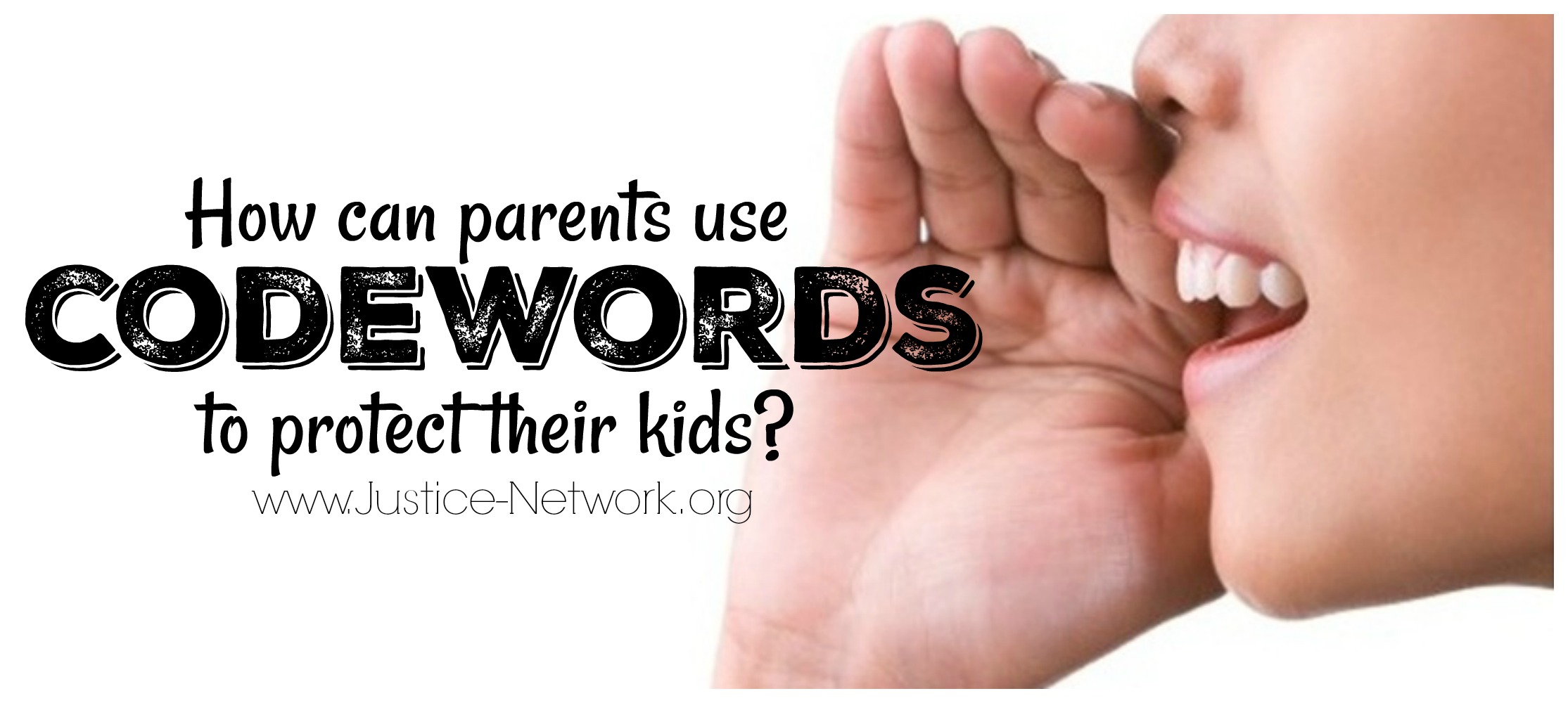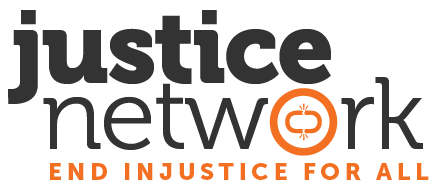
Having worked personally for over 5 years in the fight against human trafficking and sexual exploitation, I can tell you that the #1 factor that fuels sex trafficking in the United States isn’t kidnapping. It’s a lack of community.
Most call this “the breakdown of the family” but we’re not talking specifically about moms or dads or divorce. In this context, we define family as “a safe place of belonging.” Those who don’t feel unconditionally loved and connected are vulnerable to those who will use and abuse them.
Be the Safe Place for your kids.
It is so important to be the safe place for your kids. This world is crazy, and they need to know that — no matter what! — you’ve got their backs. They need to know they can come to you, even if they’ve made a mistake or gotten themselves into a nasty situation, and that you’ll protect them. They need to know that you are their safe place.
One of the ways we do this in our home is by having codewords. This isn’t a new concept, and you may think you’ll never use them. I’ve actually had to use ours far more often than I ever imagined I would.
We have two specific codewords. One is for identity and one is for escape. You could have more if you think you need them, but these have served us well. Let me explain.
ID Password
The first one serves double-duty. It’s purpose is for identity. I can use it to learn who is actually texting me. Sometimes it’s my kid and sometimes it’s my kid’s friends … or even classmates who have stolen or “borrowed” a phone that belongs to our family. The kids can use it in reverse to make sure that someone else is authorized to pick them up or give them a message from me. If that person doesn’t know the codeword, we know not to listen.
EXAMPLE: porcupine or armadillo.
Choose a word that doesn’t normally appear in your conversations, something others might not guess.
Escape Password
The second one (most used) is to give my kid a free pass when they want or need out of a tricky social situation. This one is more like a disguised question with pre-defined answers. If someone has invited my kid over or has put him or her in a difficult situation and my kid wants out without looking like they’re getting out, I ask the code question and their answer tells me what I need to know. In these cases, my kids can get out safely without receiving any flack from friends. All the blame goes on me.
EXAMPLE: “What time did you wake up this morning?”
If they say the right time, you know everything’s okay. If they say a weird time, you know they need help.
You want something that sounds natural for a parent to ask.
ANOTHER EXAMPLE: “Did you practice piano today?”
If they say “yes,” then they’re okay. If they say “no,” then you have an excuse to pick them up and bring them home.
I tell my kids all the time: “I do not mind being the bad guy.” If they ever need out of a situation, blame me. I have my own friends and don’t need any tweenagers to like me.
FAQS:
Q: At what age should you start this?
A: Just before you think you’ll need it.
We personally implemented this when our oldest was 8 or 9 years old. Around that time, kids gain a touch of independence and aren’t always hanging around with Mom or Dad. They may go over to a friend’s house after school or visit a classmate who isn’t as-well-known by the family. It’s also the age at which many kids in America are getting their first cellphones. (My kids didn’t get cellphones until they were 12, but that’s a discussion for another day.)
Before that age, kids may not be able to fully grasp the importance of keeping code words or of keeping them private. It’s still important, though, to teach little ones how to be safe. Strangers aren’t always dangerous, but “tricky people” are. Teach them the difference. Remind them how to respond when they feel uncomfortable or scared. Be sure they know how to find and reach trustworthy people in those situations.
Q: How do you introduce this to your kids?
A: Teach your kids about “tricky people” first. Strangers aren’t necessarily dangerous, but “tricky people” are. Teach little ones to listen to their instincts and seek out trustworthy people when uncomfortable or scared.
Here are a few guidelines to start.
![]() Tricky people offer fun and free stuff without asking Mom or Dad first (sweets, ride in this cool car, come see my puppy, an easy job to make you lots of money after school, etc.).
Tricky people offer fun and free stuff without asking Mom or Dad first (sweets, ride in this cool car, come see my puppy, an easy job to make you lots of money after school, etc.).
🚫 Tricky people ask for “help” from little ones. (No adult actually needs “help” from a child.)
🚫 Tricky people like to make “games” out of inappropriate situations. (If something feels “weird” don’t let anyone make you “get used to it” because it’s “fun” or “no big deal.”)
✅ Trustworthy people often wear uniforms (police, crossing guard, nurses, etc.).
✅ People with little kids are trustworthy.
There are, of course, exceptions to every rule, but these are places to start. When mine were little, I’d tell them … “If you get lost or scared, find someone with a uniform or a stroller and tell them you need help.”
Once your kids understand the concept of “tricky people,” you can introduce codewords as a way to deal with them. Just be sure your kids know NOT to tell anyone what your family codewords are!
Any other questions? Post them in the comments.
In the meantime, read THIS ARTICLE about how a codeword saved a girl from kidnapping and human trafficking just last week.

Thank you for teaching about tricky people–it’s such an important concept. I taught my girls to look for mommies or grandmas if they needed help, and we talked how to identify them.